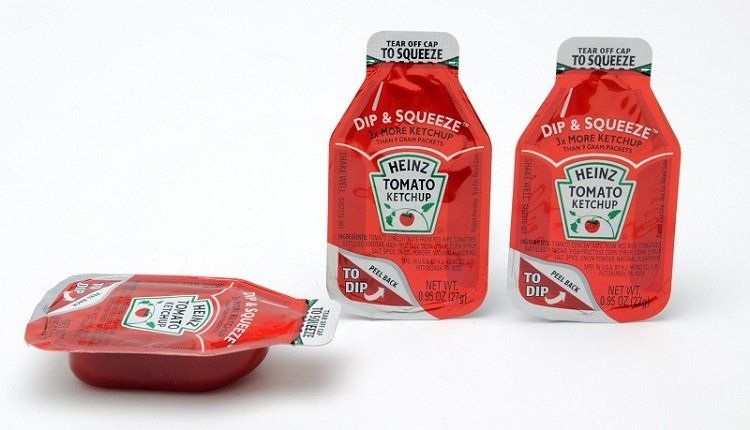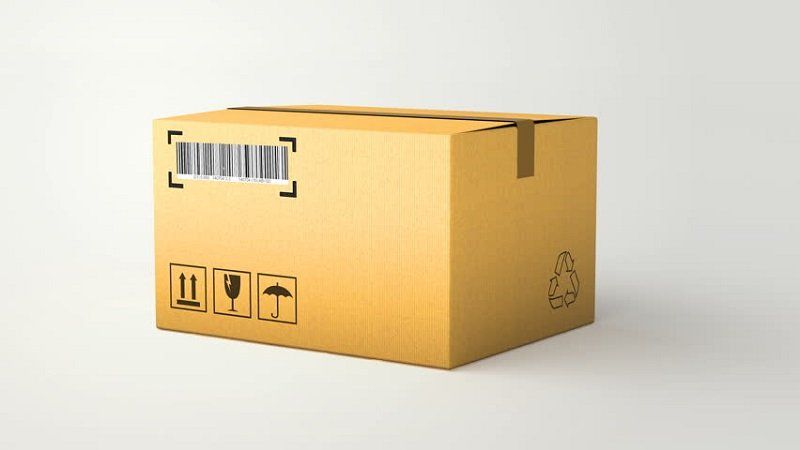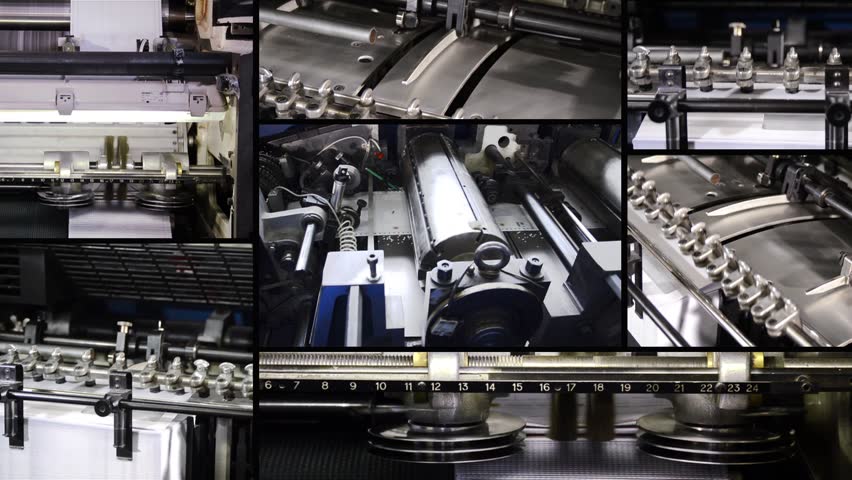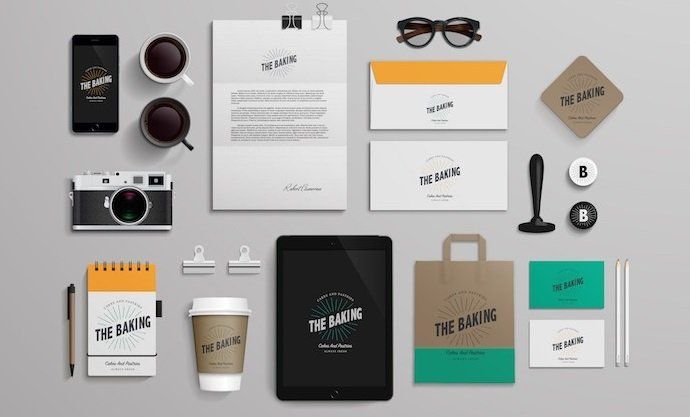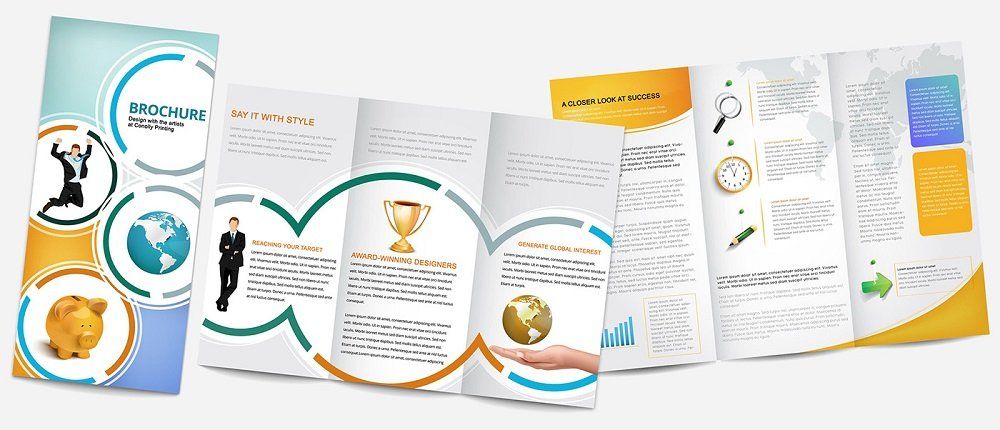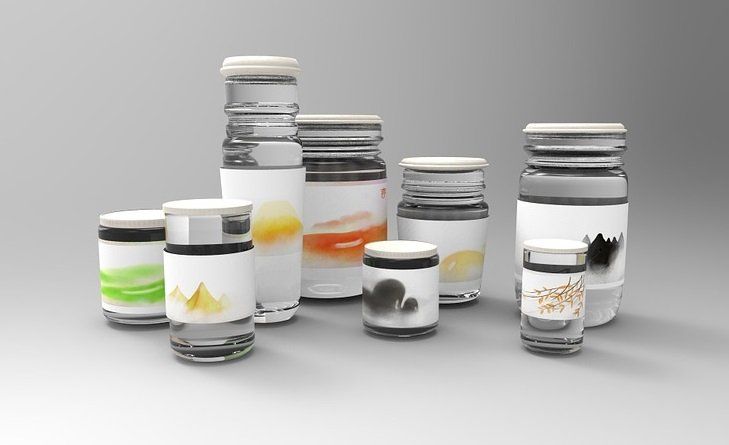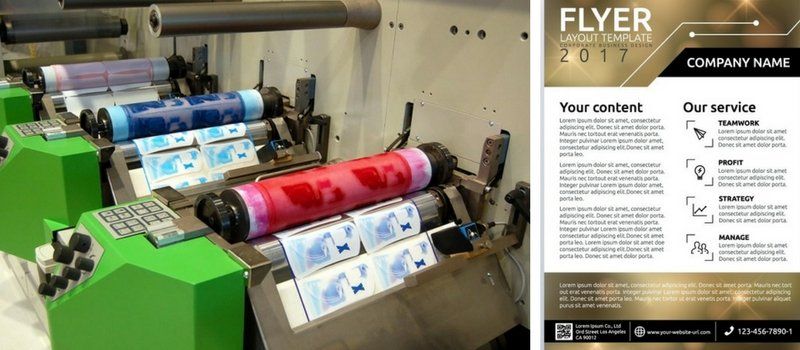Future of Digital AndOffset Prints – 3 Key Trends
- By Eliza Smuel
- •
- 10 Mar, 2017
- •
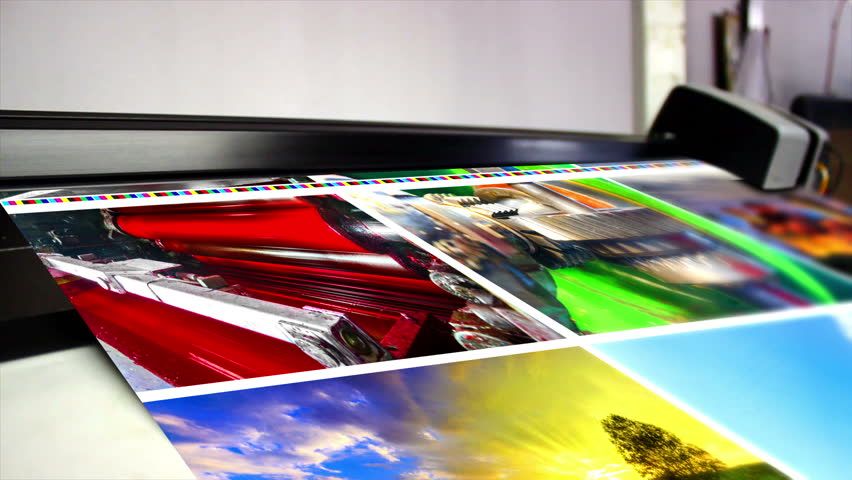
An outcome of a survey in 2015 show that digital prints rate 13.9% of the whole printed packaging value for only 2.5% of the total world volume while the rate was expected to be 17.4% and 3.4% for all the printing packages volume.
The prediction and estimation mostly base on the advantages that the digital print technology is offering in competition with offset printing. Initial drivers used for colour digital printing solutions were for low cost, quick turnaround and short runs. But as long new companies stay working on the same technology, new business models and applications were developed for supporting the same idea with new features.
Following three key factors will determine the future of digital and offset printing in 2020.Application:
Full colour inject printing have replaced mono web-fed electrophotography in printing services Dubai and the value volume ratio of electrophotography is expected to be high with the fast growing colour applications.
All the users of digital print technology are innovating and finding out new ways to fulfil the new features and functions expectations of buyers.
Business Models and Requirements of Changing Applications:
Either selection in both digital or offset printings seem difficult for most of the print solutions. Most of the print suppliers are interested in employing both the technologies in their production ability together for quick turnaround and short run in the case of digital and longer run for offset printing respectively.
Using both these technologies together is the most appropriate solution for customer preferences and changing demands. Both technologies on hand mean a service provider is offering the most significant service to customers and the overall efficiency of printing service providers is accelerated.
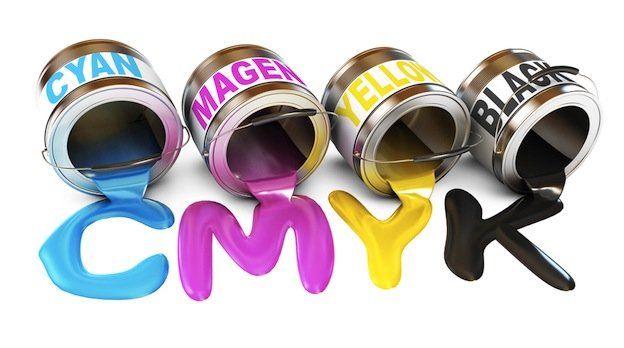
Economic Factor:
Progress and development is continue for improving offset technology but still major of the economic investments are performed for digital inject printers in the R&D of finishing system and ink.
Enabling workflow technology is also getting attention and significant developments are carried out on several processes and substrates. Additionally, high emphasis is on water-based inject printing to improve the quality of paper.However, the most economical solution for print service providers is a detail assessment of both the technologies. This may include the capital cost, period of depreciation, labor rates and maintenance cost, energy usage, printing speed and utilization of press, paper ink cost and setup and running waste. Detail assessment of these components lead to the selection of technology that must be cheaper as compare to the other.
A variety of 3D solutions are being introduced in printing services Dubai that is serving the basic needs of a wide range of population. 3D printing technologies for human organs and tissue, micro batteries and manufacturing car accessories, to name a few are the main focus of 3D printing technology in future.
